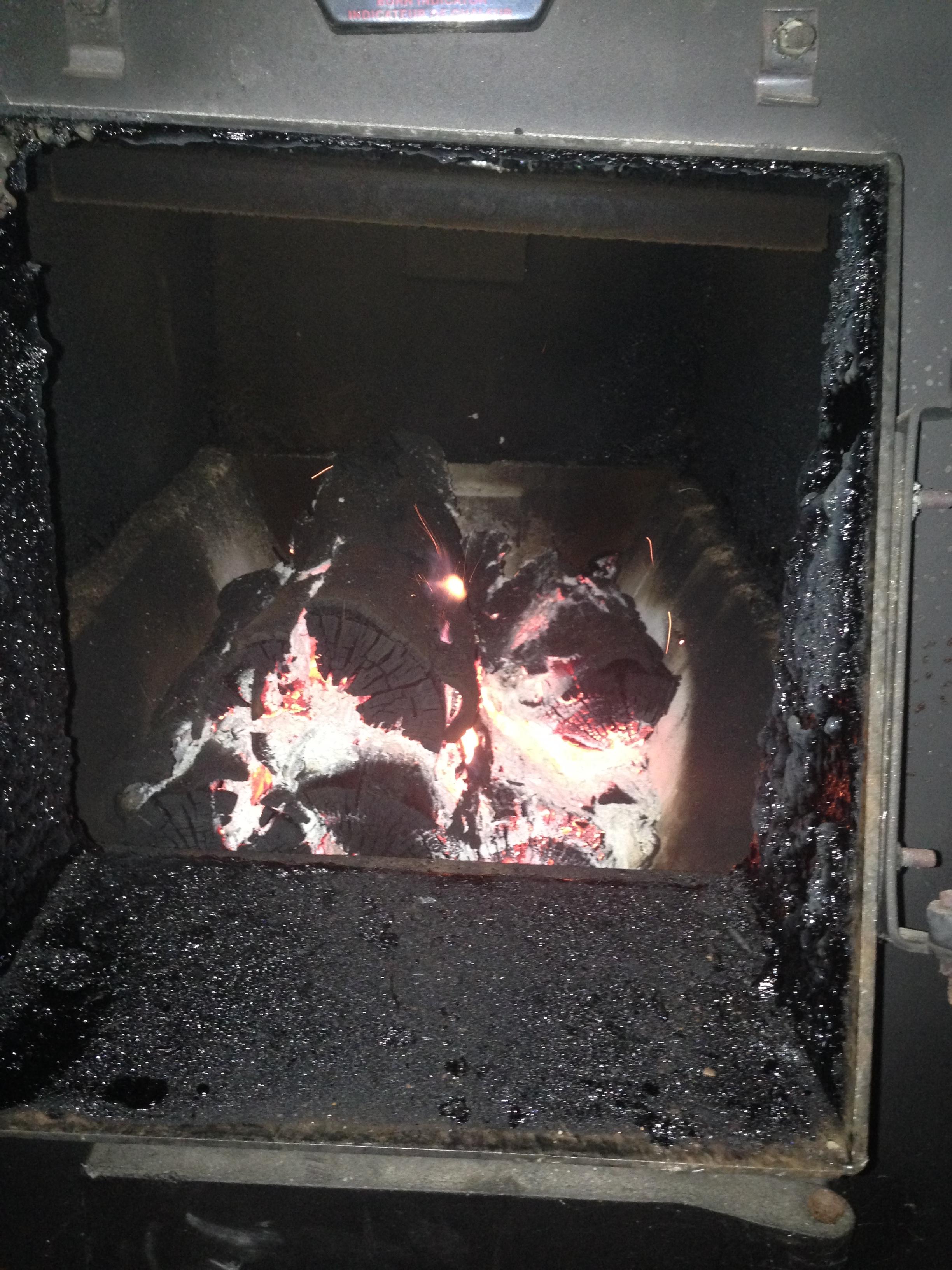Thanks! I was looking at my stove this morning, and as it is brick-lined, I'm not sure that I could tell by sight when it is hot enough... The bricks are not black, at all, lol. Also, I do not have a stove thermometer. Perhaps I should invest?
I am right now burning a small load full open to a) address any overnight creosote build-up - hopefully - and b) build a coal bed for some slower burns through out the day. I am not seeing any secondary combustion in the firebox, though I am also not seeing any smoke at the chimney. I think maybe its time to schedule a maintenance visit?
No smoke is not bad, but good
When the air controls are open you may not see the secondary combustion because of how the air flows in the stove and the wood will be burning. When the secondary combustion takes place(or is noticeable)is when you close that air controls.
When you first reload the stove it will take a minute for the wood to light depending on how dry the wood is. As the wood is lighting look at the color of the bricks and at the top inside of the stove, it should be darker in color. Continue to burn with the air controls open until you see the bricks and the top of the stove start to turn a light brown to white. You can begin to close the air controls at this time. When you close the air off you should see the secondary combustion begin. If the secondary combustion stops it is typically because the wood is moist which is basically putting out the fire. The other thing is there is not adequate draft which could be caused by many different things (this would be when you need to call for service). One that does not require service would be the outside temperature is not cold enough to close the air controls down very far, once again this is part of the learning process.
You should get a thermometer as it will help you "guage" where things are at. It will only tell part of the story and you will still need to adjust things as you learn.

























































